Ingemar Johansson
The world heavyweight champion who beat Floyd Patterson
The world heavyweight champion who beat Floyd Patterson
Ingemar Johansson
1932–2009
The Week
Escape your echo chamber. Get the facts behind the news, plus analysis from multiple perspectives.

Sign up for The Week's Free Newsletters
From our morning news briefing to a weekly Good News Newsletter, get the best of The Week delivered directly to your inbox.
From our morning news briefing to a weekly Good News Newsletter, get the best of The Week delivered directly to your inbox.
When Ingemar “Ingo” Johansson of Sweden faced world heavyweight champion Floyd Patterson in 1959, Patterson’s camp chortled, “We’ll take that bum from Europe.” Not since 1933, in fact, when Primo Carnera defeated Jack Sharkey, had a non-American held the title. But then Johansson proceeded to stun the boxing world by knocking Patterson out in the third round, at New York’s Yankee Stadium, with a mighty right hand that sportswriters dubbed “Thor’s Hammer” and “Ingo’s Bingo.” Johansson himself called it his “Toonder and Lightning.”
“Johansson’s first fight came on the street at age 8 against a 9-year-old,” said The New York Times. “Johansson won.” He began formal boxing training as a teenager and, at 19, became Sweden’s heavyweight amateur champion. But at the 1952 Olympic finals against the American Ed Sanders, “the referee disqualified Johansson after two of the three scheduled rounds for lack of effort.” Officials refused to award him a silver medal. Mocked by U.S. and Swedish newspapers, Johansson later said trainers had told him to let Sanders be the aggressor. He complained “in the broken English he learned by watching American movies, ‘I was not full grown up for boxing. I have no condition.’”
Johansson soon recovered, taking the Scandinavian heavyweight title in 1953 and the European title in 1956, said The Washington Post. But his Olympic humiliation lingered. “When the world championship fight finally took place, on June 26, 1959, Johansson, at 196 pounds, was a 4-to-1 underdog to the 182-pound Patterson.” Boxing enthusiasts also scoffed because Johansson had taken “a casual approach to training,” golfing in the morning and escorting attractive women to clubs at night. After “two lackluster rounds,” though, Johansson unleashed his right, caught Patterson on the chin, and sent him to the canvas. “Patterson scrambled to his feet, but Johansson launched a relentless attack, knocking his opponent down six more times in the third round. As Patterson struggled to his feet for the seventh time, referee Ruby Goldstein mercifully signaled an end to the fight.”
Both the Associated Press and Sports Illustrated named Johansson “Athlete of the Year,” and he parlayed his fame into several movie and TV appearances, said the London Times. But “Johansson was to hold the title for a few days less than a year.” On June 20, 1960, Patterson became the first man to regain the heavyweight crown, when he knocked Johansson down with a left hook that left him unconscious for five minutes, blood dripping from his mouth. In their third and final battle, in Miami Beach on March 13, 1961, “the fight seesawed, Johansson taking the first and third rounds and wobbling his man severely in the third.” But in the sixth, Patterson landed a left hook and two short rights. Johansson went down and was unable to rise before the count of 10.
A free daily email with the biggest news stories of the day – and the best features from TheWeek.com
Johansson retired from boxing in 1963. He went into construction and operated fishing trawlers in Sweden, and later opened a motel in Pompano Beach, Fla. In 1982, Olympic officials finally granted him his silver medal.
-
 Is a Reform-Tory pact becoming more likely?
Is a Reform-Tory pact becoming more likely?Today’s Big Question Nigel Farage’s party is ahead in the polls but still falls well short of a Commons majority, while Conservatives are still losing MPs to Reform
-
 West Africa’s ‘coup cascade’
West Africa’s ‘coup cascade’The Explainer Guinea-Bissau takeover is the latest in the Sahel region, which has quietly become global epicentre of terrorism
-
 Daddy Pig: an unlikely flashpoint in the gender wars
Daddy Pig: an unlikely flashpoint in the gender warsTalking Point David Gandy calls out Peppa Pig’s dad as an example of how TV portrays men as ‘useless’ fools
-
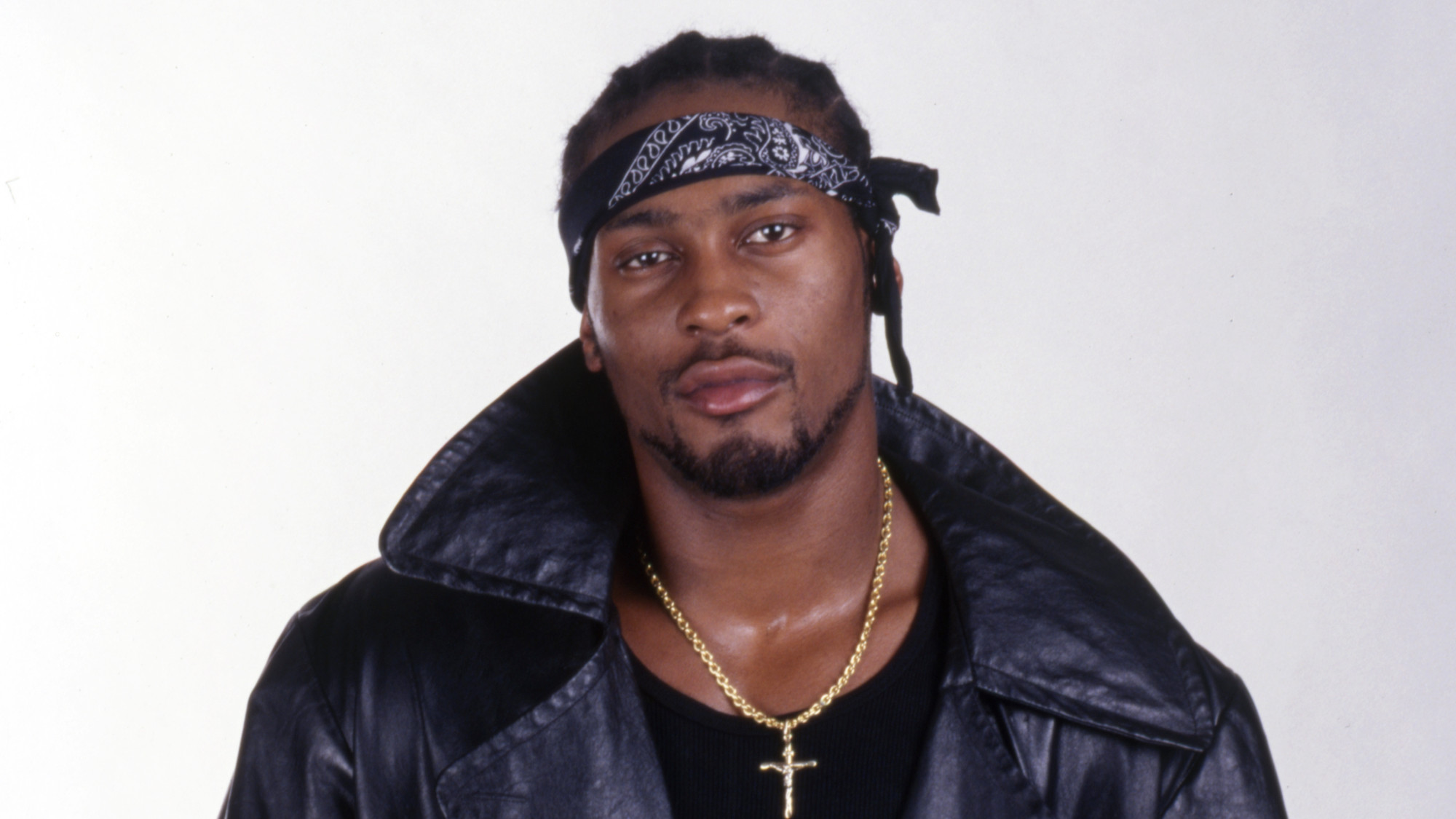 R&B singer D’Angelo
R&B singer D’AngeloFeature A reclusive visionary who transformed the genre
-
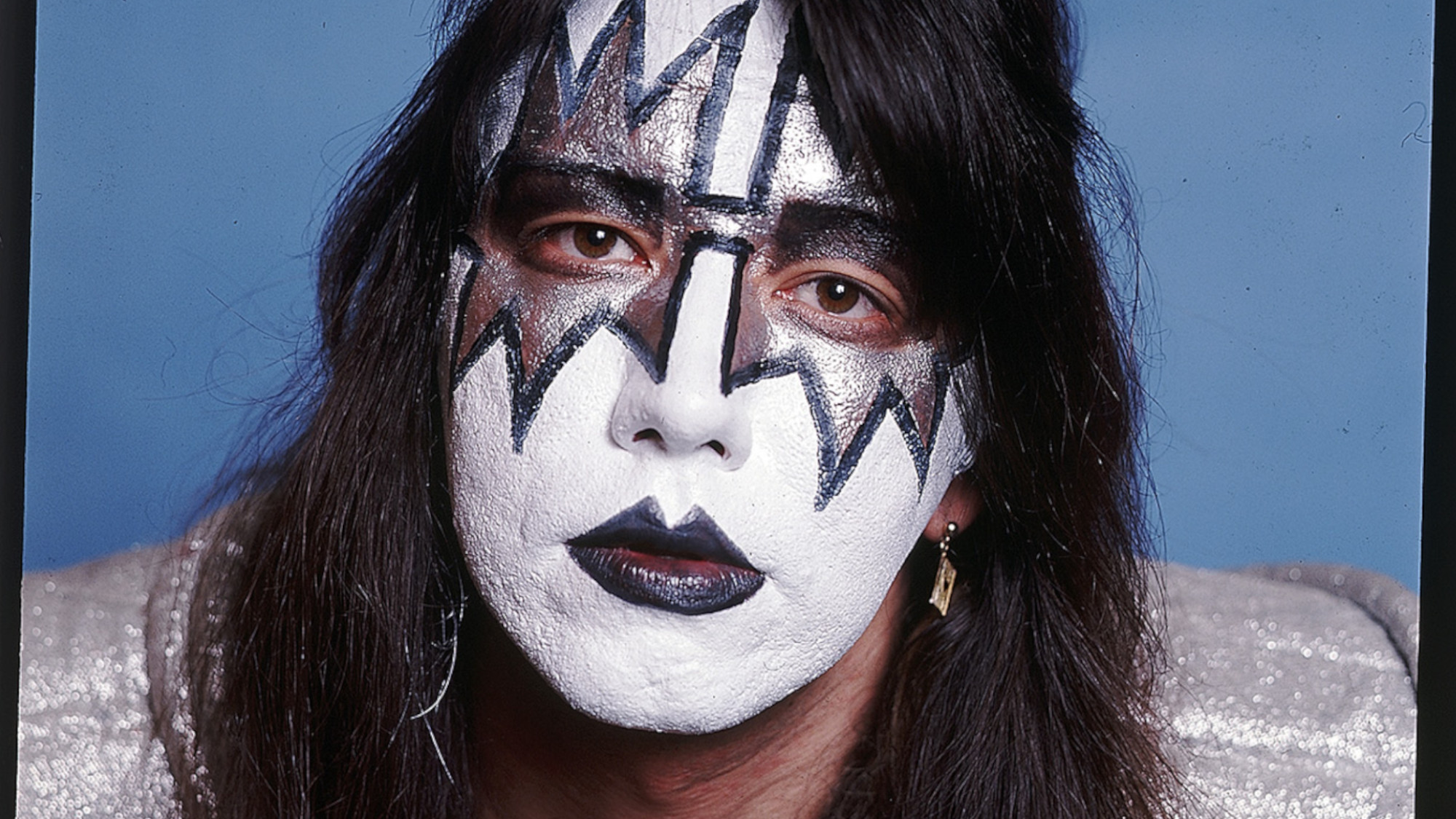 Kiss guitarist Ace Frehley
Kiss guitarist Ace FrehleyFeature The rocker who shot fireworks from his guitar
-
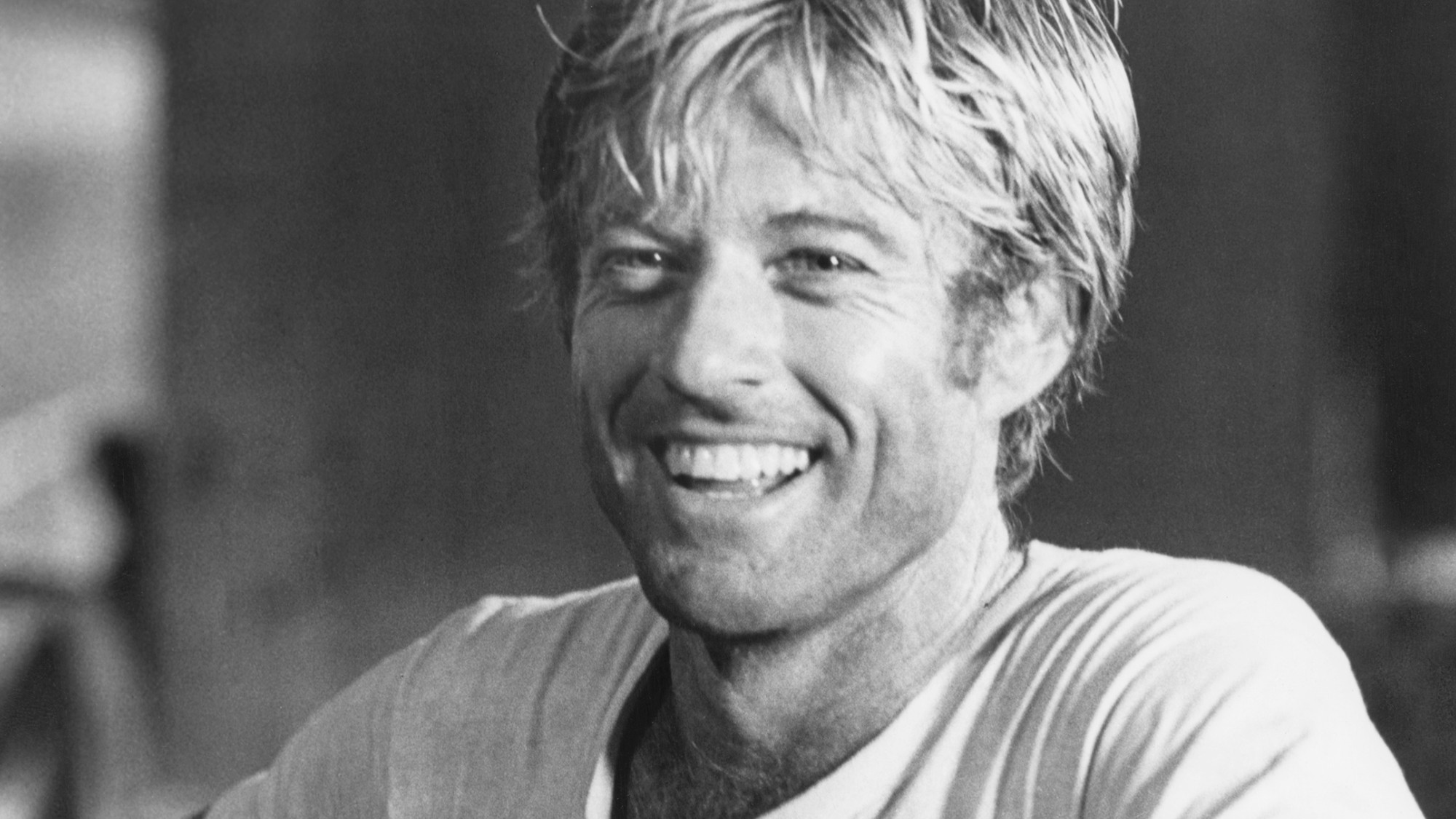 Robert Redford: the Hollywood icon who founded the Sundance Film Festival
Robert Redford: the Hollywood icon who founded the Sundance Film FestivalFeature Redford’s most lasting influence may have been as the man who ‘invigorated American independent cinema’ through Sundance
-
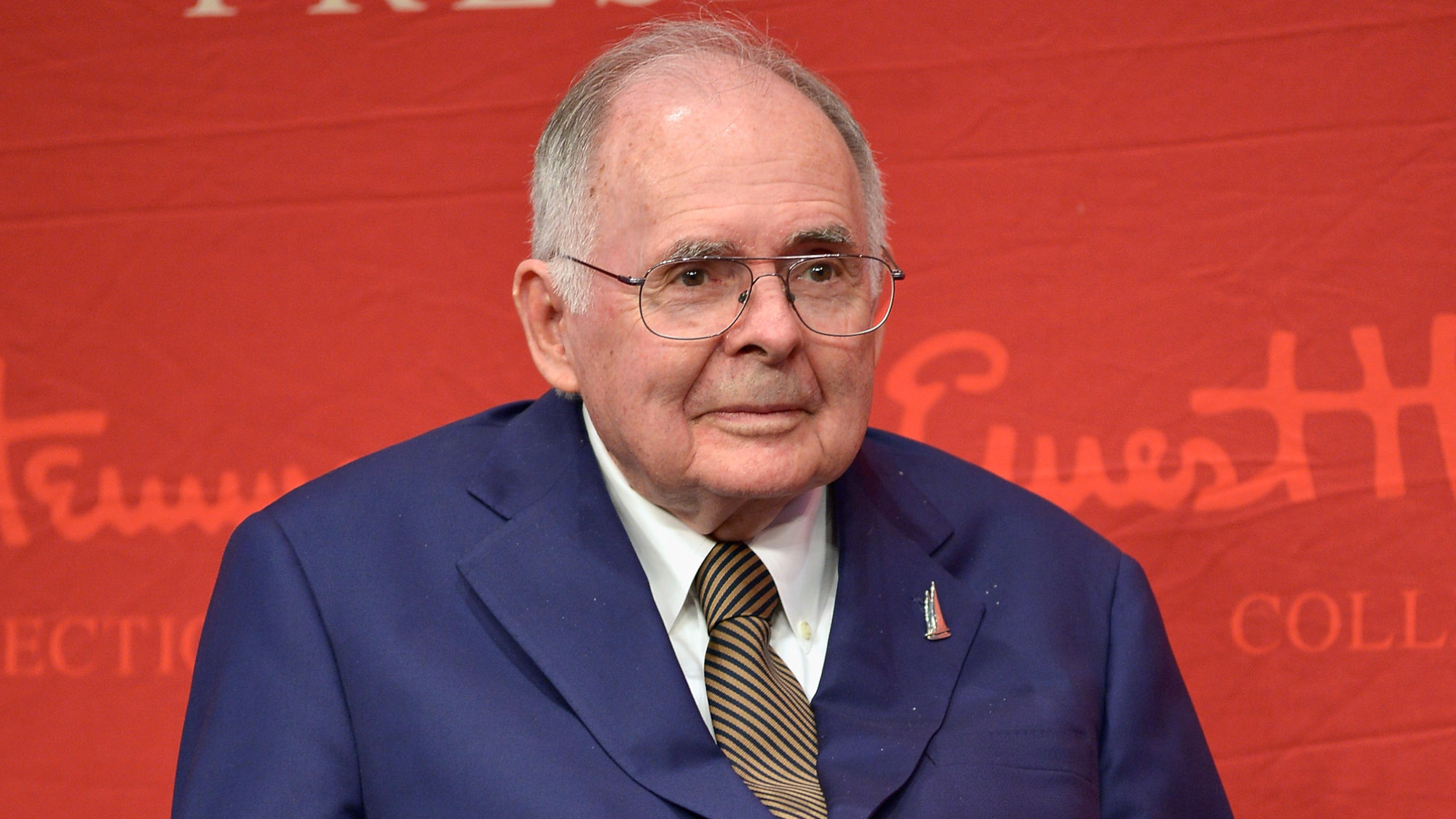 Patrick Hemingway: The Hemingway son who tended to his father’s legacy
Patrick Hemingway: The Hemingway son who tended to his father’s legacyFeature He was comfortable in the shadow of his famous father, Ernest Hemingway
-
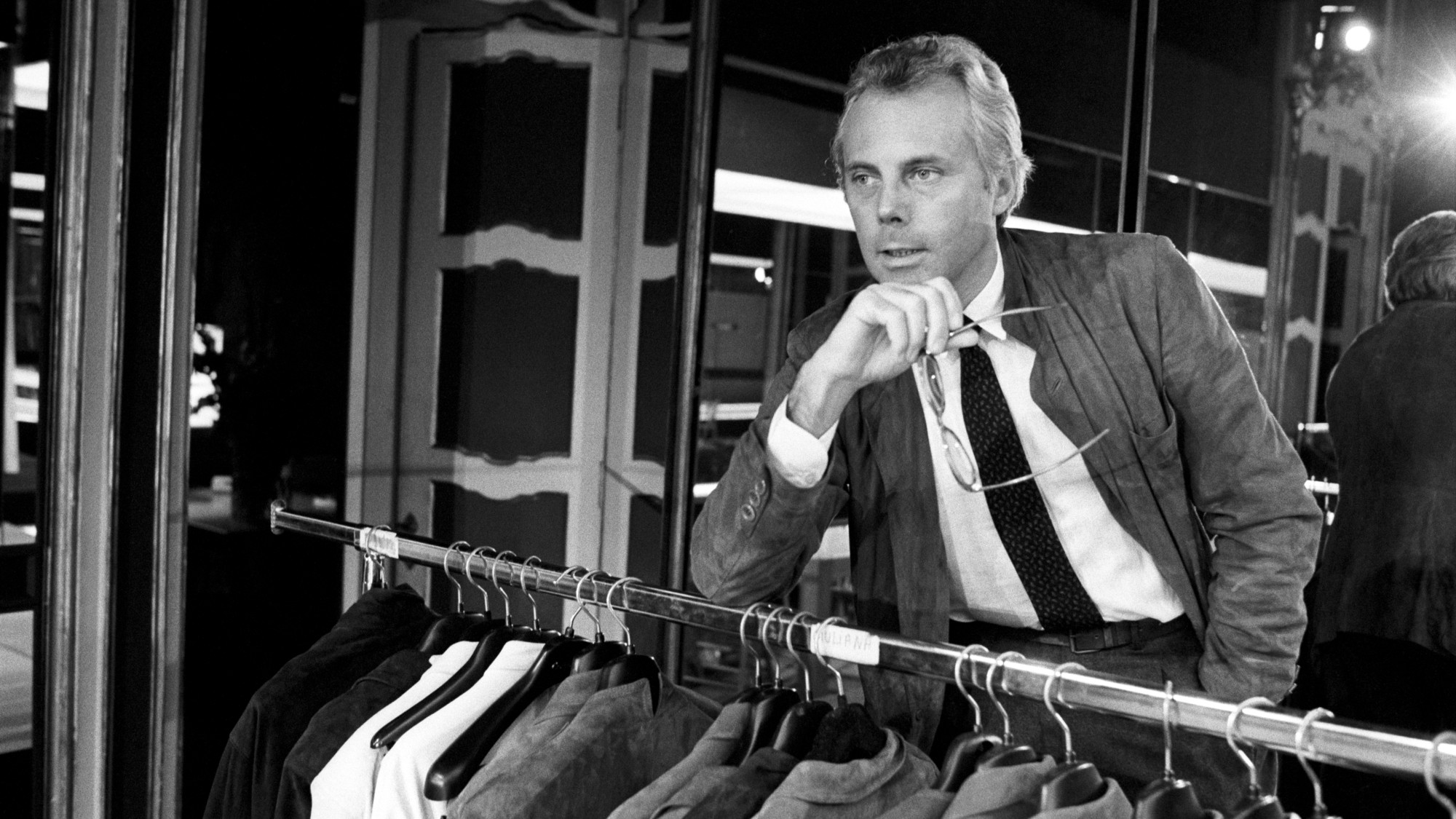 Giorgio Armani obituary: designer revolutionised the business of fashion
Giorgio Armani obituary: designer revolutionised the business of fashionIn the Spotlight ‘King Giorgio’ came from humble beginnings to become a titan of the fashion industry and redefine 20th-century clothing
-
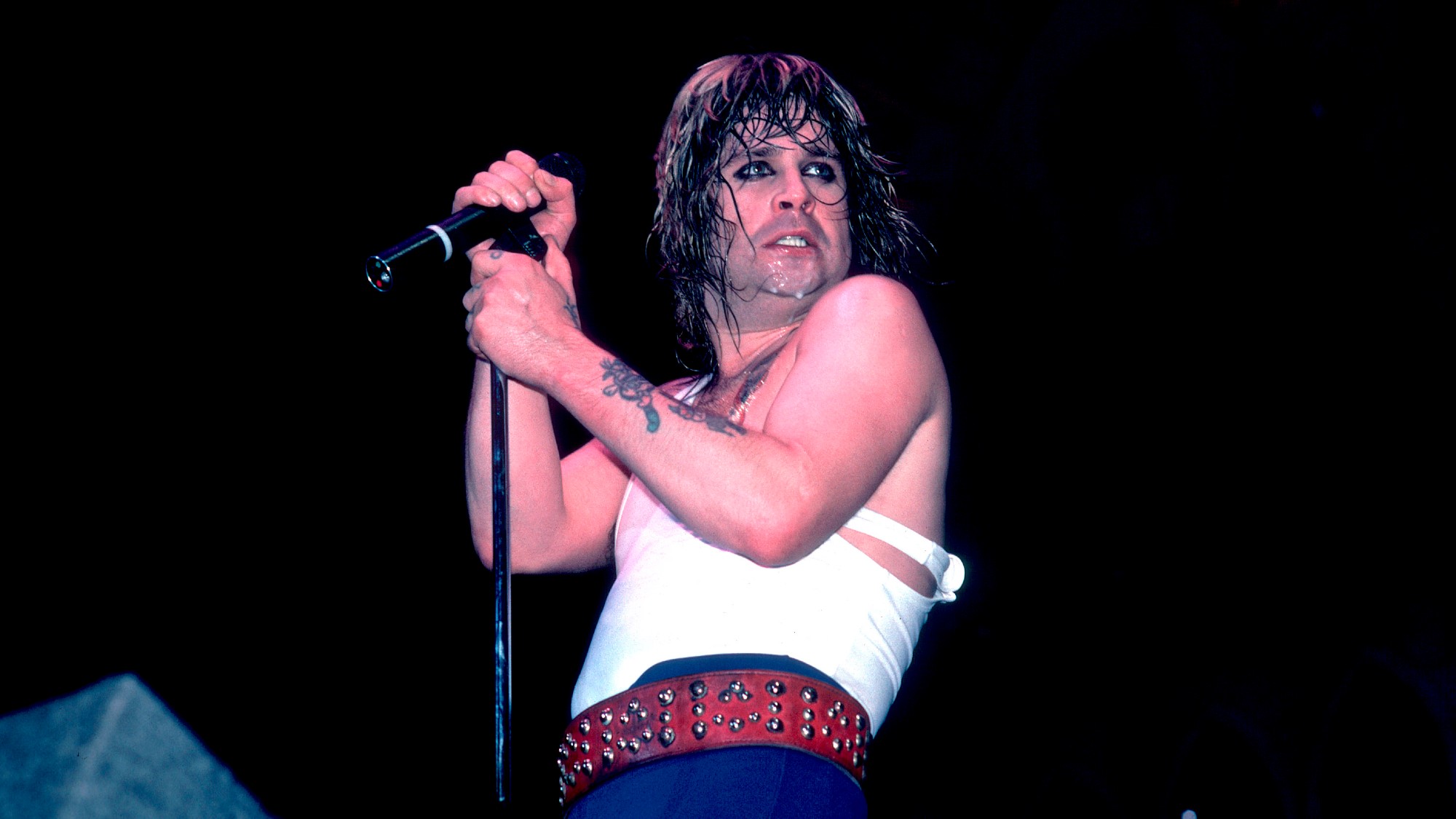 Ozzy Osbourne obituary: heavy metal wildman and lovable reality TV dad
Ozzy Osbourne obituary: heavy metal wildman and lovable reality TV dadIn the Spotlight For Osbourne, metal was 'not the music of hell but rather the music of Earth, not a fantasy but a survival guide'
-
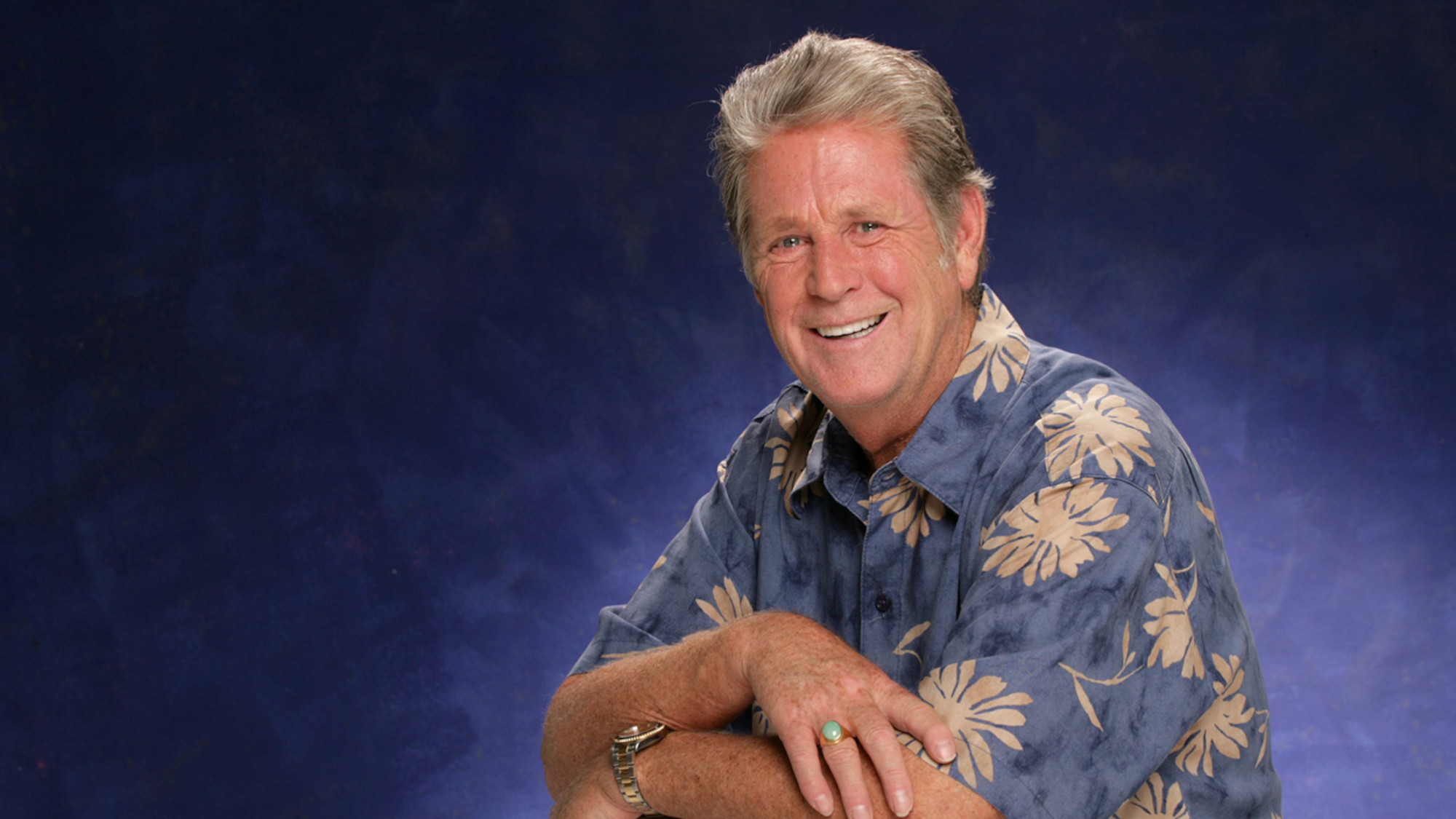 Brian Wilson: the troubled genius who powered the Beach Boys
Brian Wilson: the troubled genius who powered the Beach BoysFeature The musical giant passed away at 82
-
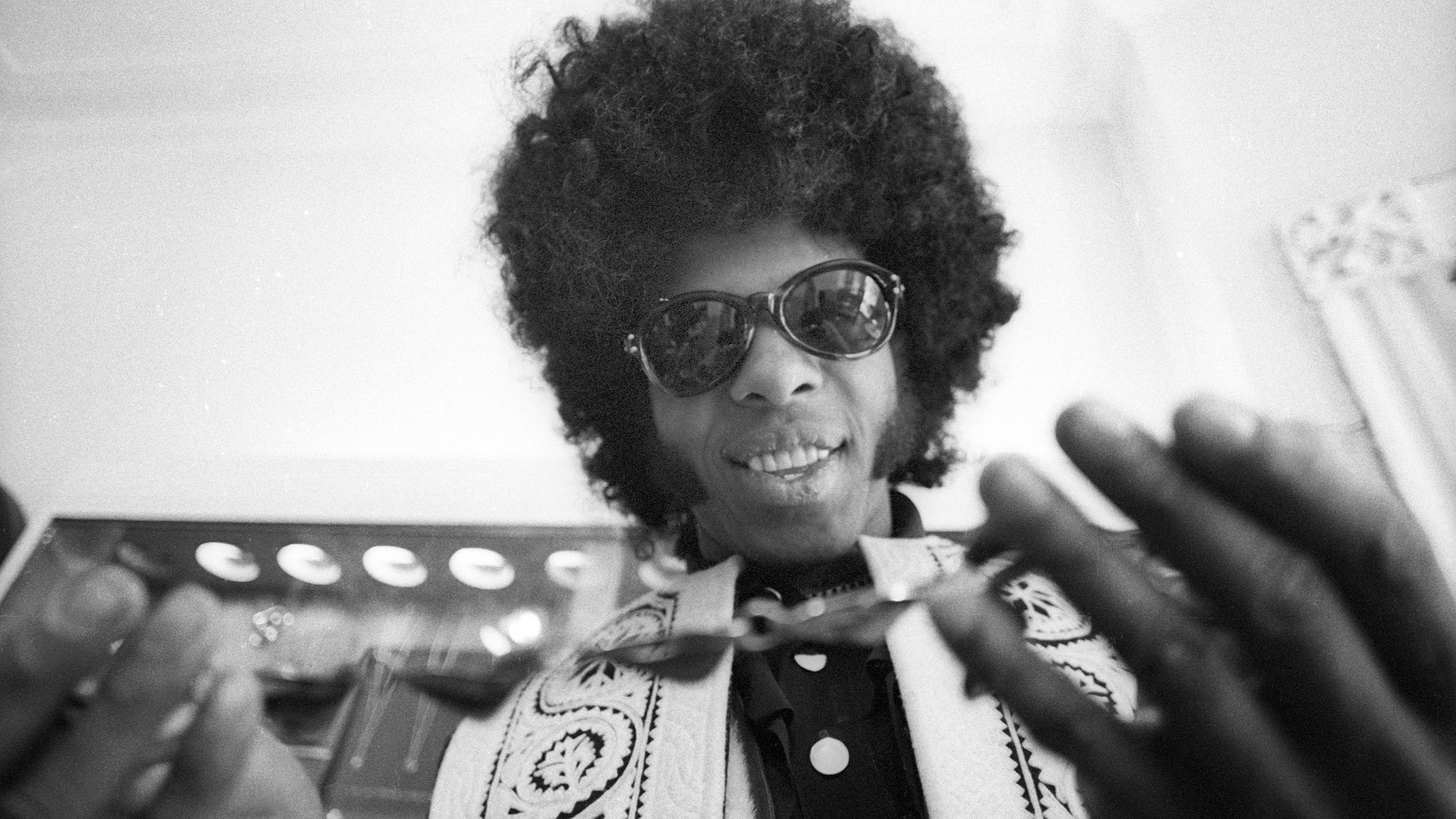 Sly Stone: The funk-rock visionary who became an addict and recluse
Sly Stone: The funk-rock visionary who became an addict and recluseFeature Stone, an eccentric whose songs of uplift were tempered by darker themes of struggle and disillusionment, had a fall as steep as his rise